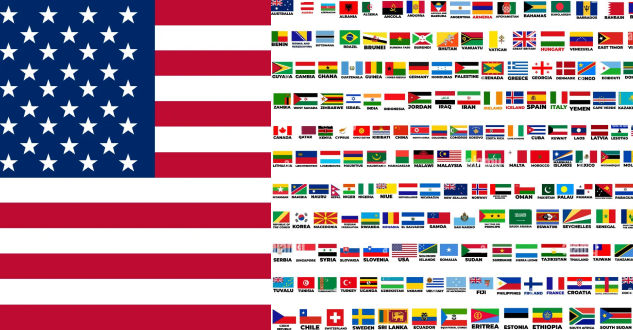When you donate to charity, you might wonder how much of your donation goes to the cause. It’s important to know how much is helping those in need versus covering administrative and fundraising costs. By understanding factors like overhead costs and evaluating a charity’s financial information, donors can make informed decisions.
Understanding Charity Financial Allocation
Understanding the role and necessity of overhead costs and administrative expenses is essential for evaluating a charity’s true impact.
What Are Overhead Costs?
Overhead costs are necessary expenses that are not directly tied to specific programs but are crucial for an organization’s operations. These include regular expenses like office rent and internet bills as well as administrative costs like insurance and accounting fees. Even though they are important, overhead costs are often criticized. People often think that spending money on these costs takes away from funds that could go to direct charitable activities.

The Role of Administrative Expenses
Administrative expenses include costs like staff salaries, finance, human resources, and information technology (IT), which are important for managing a charity. While sometimes seen as detracting from a charity’s mission, these costs are vital for strong operations. For example, investing in IT can greatly improve a charity’s efficiency by enabling better data management and communication. It’s a misconception that all staff salaries should be considered overhead since many administrative workers directly support program activities. Understanding these financial allocations helps donors see the importance of these expenses for effective, long-term operations, and prevents charities from underreporting costs to seem more appealing.

Analyzing Different Charities
Knowing the impact of case studies and the comparison of low versus high overhead costs is essential for evaluating a charity’s effectiveness and donor contributions.
Case Studies of Major Charities
Case studies offer a look into the operational and emotional aspects of charity work. They usually follow a story arc that starts with a problem, describes the charity’s intervention, and ends with improved outcomes. These narratives are engaging because they show the real impacts of donations through the experiences of actual people. By highlighting the beneficiary, the charity, and the donor, these stories personalize the impact of contributions and make the donor a key part of the change.

Comparing Low vs. High Overhead Costs
When deciding where to donate, many people look at overhead costs to judge a charity’s effectiveness. However, this can be misleading. Effective charities often need to spend money on both direct program expenses and necessary overheads like administration and fundraising to be sustainable and impactful.
For example, a charity that invests in skilled staff and fundraising might have higher overhead costs but be more effective in achieving its goals. On the other hand, low overhead costs do not guarantee that a charity is impactful or uses donations efficiently. Because of this, donors should consider both the overhead costs and the actual outcomes of the charity’s programs when making decisions.
How to Evaluate Charities Before Donating
Understanding the broader benefits of fundraising is important for assessing a charity’s overall effectiveness and community impact.
Watchdog Groups and Resources
When evaluating charities, it’s important to use resources that provide detailed insights into their operations. Charity watchdog sites like BBB Wise Giving Alliance, Charity Navigator, CharityWatch, and GuideStar are essential for making decisions. Each site offers tools and evaluations. BBB Wise Giving Alliance checks accountability standards, Charity Navigator rates financial health, CharityWatch evaluates based on donor interest, and GuideStar offers a Seal of Transparency based on provided information.
Questions to Ask Charities
Prepare a set of questions to gain insights into their operations and impact. Key questions might include asking about their most successful programs, strategic plans, and funding sources. Asking about the percentage of the budget that comes from private donations and how those funds are used can reveal much about a charity’s priorities and transparency. Additionally, learning about their challenges and how they compare to similar organizations can provide a clearer picture of their effectiveness and areas for improvement. Engaging in these discussions helps build a relationship with the charity and offers a clearer view of their work and needs.

Reach Out to Children’s Foundation International
Making informed decisions about charitable giving requires understanding how organizations use their funds to achieve their missions. If you want to learn how you can help support our charitable causes or have questions about making a donation to charity of any kind, reach out to Children’s Foundation International.
Children’s Foundation International (CFI) is dedicated to transforming the lives of children and families in need by providing comprehensive support and resources. With a focus on health, education, and community development, CFI strives to create lasting, positive change. Our programs are designed to address the unique needs of each community, ensuring that every child has the opportunity to thrive and reach their full potential. Through strategic partnerships and innovative solutions, Children’s Foundation International is committed to building a brighter future for children worldwide. To learn more about our mission and impact, visit tcfcares.org.




